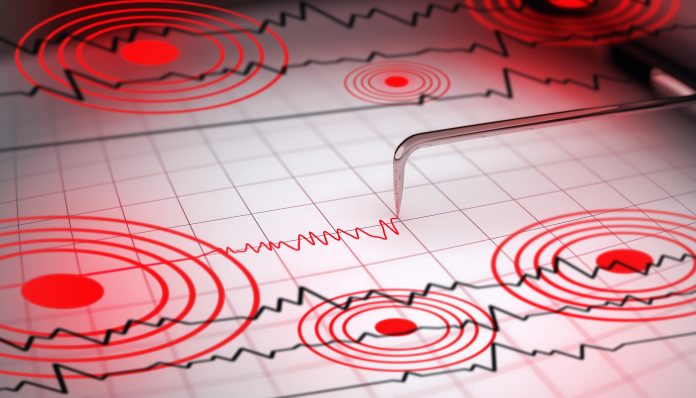Researchers from the University of Alaska Fairbanks have unveiled a promising method to forecast major earthquakes months in advance
Led by research assistant professor Társilo Girona, the team used advanced machine learning techniques to analyse seismic data preceding two significant earthquakes: the 2018 Anchorage earthquake and the 2019 Ridgecrest earthquake sequence in California.
Predicting earthquakes before they happen
Their study revealed that abnormal seismic activity, occurring as early as three months before each earthquake, could potentially serve as a reliable precursor. This precursor activity predominantly consisted of low-magnitude earthquakes below 1.5 on the Richter scale, covering substantial regions of Southcentral Alaska and Southern California.
“Our paper demonstrates that advanced statistical techniques, particularly machine learning, have the potential to identify precursors to large-magnitude earthquakes by analyzing datasets derived from earthquake catalogs,” Girona said.
The findings suggest that increased pore fluid pressure within fault lines could be a key geological factor contributing to these precursory seismic activities. This pressure can alter the mechanical properties of faults, potentially leading to significant earthquakes when frictional resistance is overcome.
According to the researchers, their algorithm demonstrated a sharp increase in the probability of a major earthquake occurring within 30 days, reaching up to 85% just days before the events in both Alaska and California. This early warning capability could significantly enhance preparedness efforts, potentially saving lives and minimizing economic losses.
Using this in real-time scenarios
The next step for the researchers is to implement and test their algorithm in real-time scenarios, ensuring its reliability and effectiveness across different seismic regions. They stress the importance of training the algorithm with specific historical seismic data from each region to optimise its accuracy.
This research offers hope for improved earthquake preparedness worldwide. By using the power of machine learning and high-performance computing, scientists are unlocking new possibilities in earthquake science that could reshape disaster response strategies.
As advancements continue, the prospect of providing communities with timely warnings of impending earthquakes grows nearer. This research not only marks a significant scientific achievement but also underscores the potential of technology to safeguard vulnerable populations from natural disasters.
For more information on this pioneering study and its implications for earthquake research, the full findings were published in Nature Communications.











